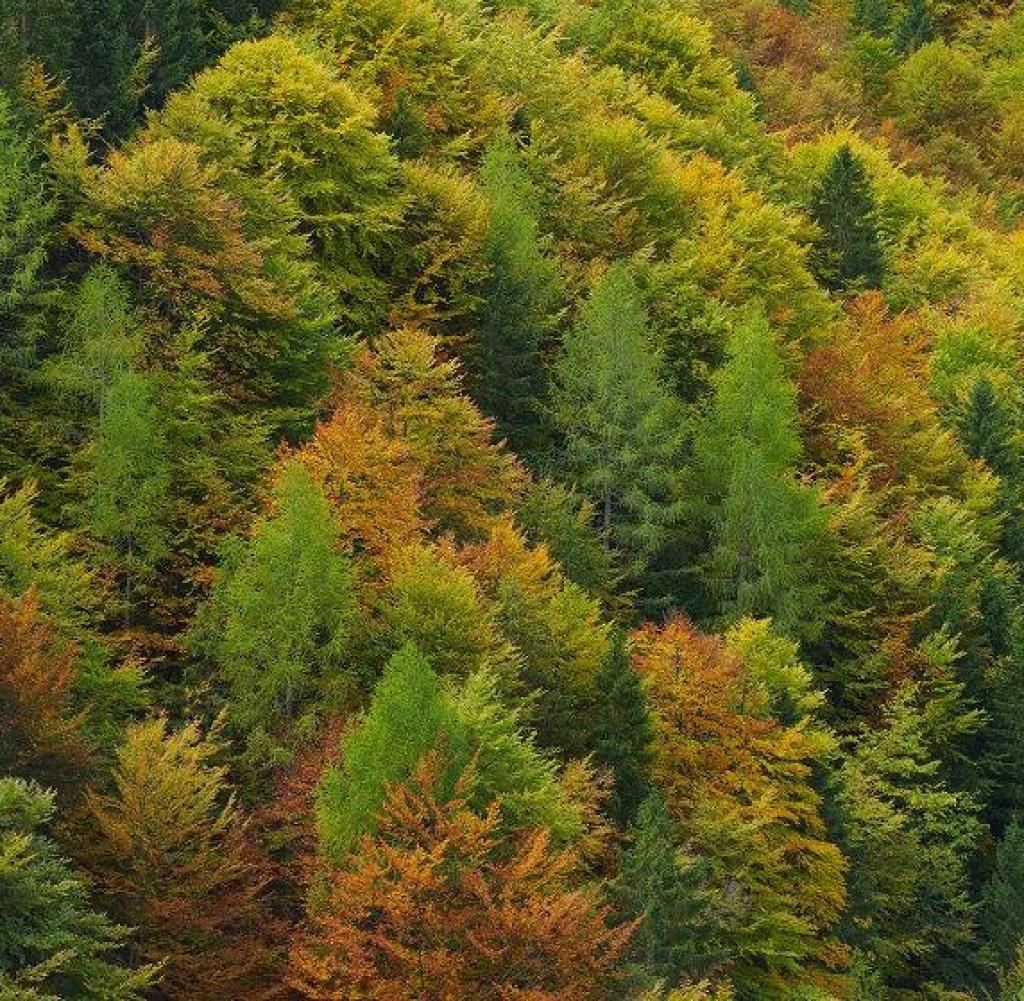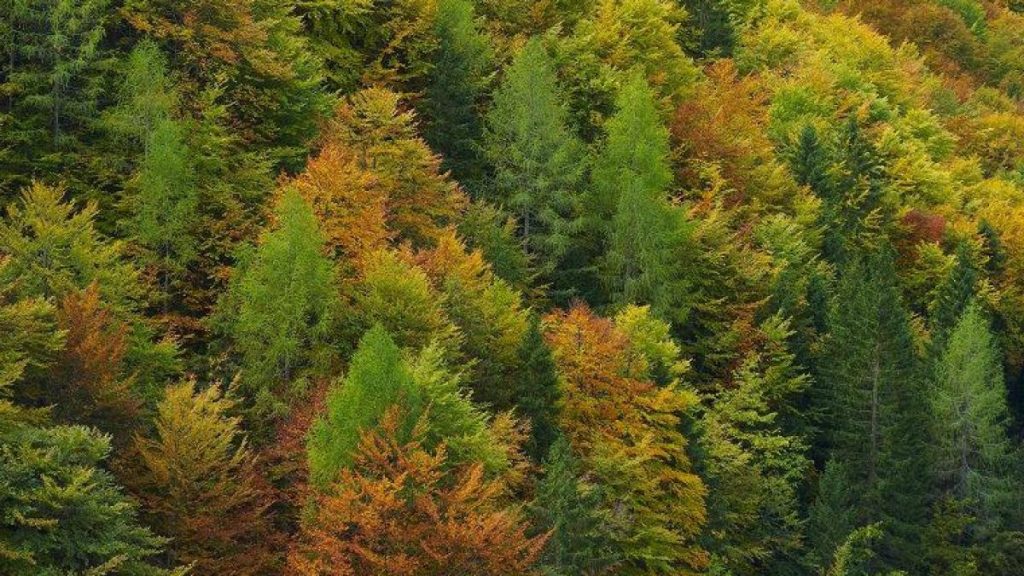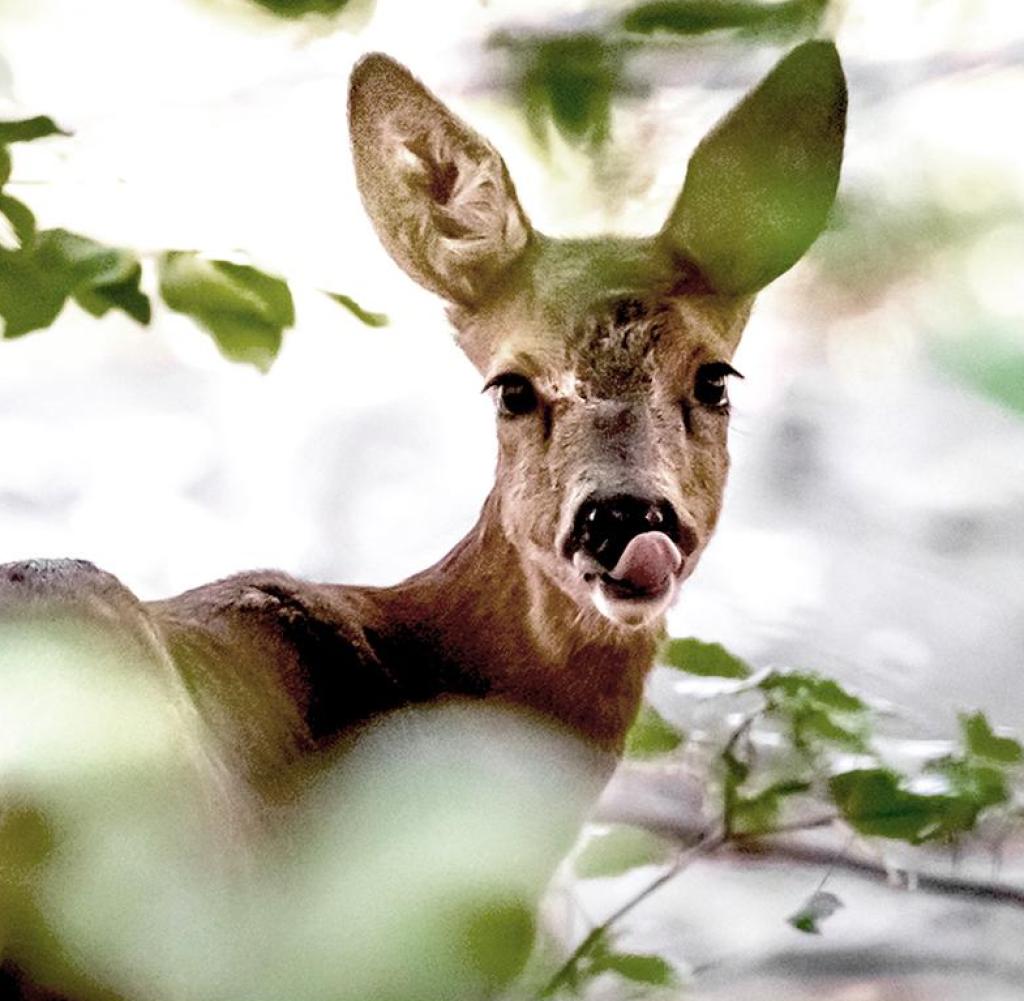More than 9,000 species of trees are waiting to be discovered

There are about 73,000 species of trees on Earth – here is a mixed forest in the Julian Alps of Italy
These are: Dario di Gallo, Regional Forest Service of Friuli-Venezia Giulia, Italy
It is not easy to find the number of all plant species that grow around the world. Now researchers are showing that thousands of tree species may have gone undetected. Almost half of these can be found on a single continent.
DrPerhaps the number of tree species on Earth is much greater than previously thought. According to a recent study, there are about 73,000 species of trees worldwide – 9,200 of which have yet to be discovered or described.
To date, experts have assumed that there are about 60,000 species of trees worldwide. It is said that about a third of the undiscovered species are very rare and distributed to a very limited extent, Reports of the international team of scientists In Proceedings of the US National Academy of Sciences. These rare species are particularly vulnerable to human interference with nature, such as climate change or deforestation.
Scientists working with Roberto Casola Gatti of Purdue University (USA) write that trees are not entirely small or fundamentally rare organisms that are easy to overlook. Basic information about the number of species on the planet is still missing. In order to expand knowledge, the researchers combined datasets on the global presence of trees and replicated them for their study.
“We combined individual data sets into one huge global data set,” explains Jingjing Liang of Purdue University. Each dataset is created when someone measures individual trees in a forest and gathers information about species, size, and other characteristics. “Counting the number of tree species around the world is like a jigsaw puzzle with pieces spread all over the world.”
The data set eventually collected included a total of 64,100 tree species. This is close to the results of a previous study that found about 60,000 species of trees worldwide. In order to estimate the number of previously undiscovered species in an area, researchers used statistical methods, in particular so-called species accumulation curves. To put it simply, these curves indicate how many species have been discovered in a given area and area and at what level of collection effort. Roughly speaking, the more species are found initially the longer the search continues. However, after some time, the slope of the curve becomes flat.
The researchers found a total of 73,300 species of trees – and thus about 9,200 undiscovered species. According to the study, about 40 percent of these grow in South America. This is where most of the rare species (8200) and most endemic species – species that only grow there, can be found. A large number of rare species are also found in Eurasia (6100) and Africa (3900). Researchers believe that most species are found in humid tropical and subtropical forests – and this is where most of the hitherto unknown species can be found.
“A comprehensive understanding of the richness and diversity of trees is key to keeping ecosystems stable and functioning,” says Gatti. In this context, researchers point out the various benefits of trees and forests to humans: they provide building materials and fuel, clean the air, slow climate change, protect against erosion and floods and, last but not least, provide many opportunities for this. Leisure, hiking, hunting or camping.

“Total coffee aficionado. Travel buff. Music ninja. Bacon nerd. Beeraholic.”








More Stories
Researchers detect extremely high-energy gamma rays
Anxiety disorders in old age increase the risk of dementia
Researchers are particularly fascinated by these exoplanets.